Are you addicted to peanut butter? Truth is, most of us can’t stop at just one spoonful! However, before you reach for the jar – find out the facts behind whether peanut butter is healthy or bad for you.
People love peanut butter. A quick Internet search reveals entire websites and blogs devoted to peanut butter addiction.
Peanut butter is smooth, salty, and highly palatable — but unfortunately, not Paleo. In fact, peanuts aren’t even nuts at all. Peanuts are actually part of the legume family, which is off-limits in a strict Paleo regime.
Peanuts have been around for thousands of years, and were a dietary staple for the Aztecs and First Nations people in central and South America. From there, Spanish explorers brought them back to the Old World and they spread into Africa, where they’re also found in many traditional dishes.
However, if you go back in time even further, before the agricultural revolution 10,000 years ago, raw peanuts were seldom consumed, because they are very difficult to digest without roasting or cooking them.
This begs the question, do peanuts have any nutritional benefits? And what about the downfalls? As usual, the answer is not black and white.
The Peanut “Pros”
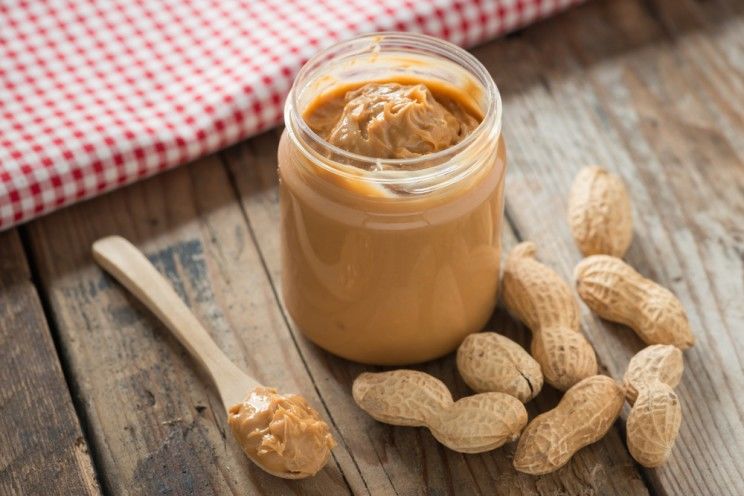
Peanuts are chock-full of biotin, niacin, folate, vitamin E, polyphenols, and resveratrol, which act as powerful antioxidants. They also contain coenzyme Q10 (CoQ10), a key nutrient for heart health.
A half cup of peanuts also provides 6g of fiber, which keeps your bowels regular and supports the growth of healthy gut bacteria.
Studies on the benefits of regular peanut consumption show peanut butter can cut your risk of cardiovascular disease risk by 20 percent. Eating peanuts more than twice weekly reduces colon cancer rates by 58 percent in women and 27 percent in men.
In addition, elderly people consuming niacin-rich foods like peanuts have a 70 percent reduced risk of Alzheimer’s and cognitive decline compared to the low intake of the general population.(1,2,3) The researchers believe the high antioxidant content of nuts is the driving force behind these positive health outcomes.
To most people, this would sound like a pretty impressive list of benefits. So what gives? Why do some people view peanuts as bad?
Well, the truth is never black and white, and this holds true for peanuts. There are a number of things to consider if you regularly eat peanuts.
The Peanut “Cons”
There are a number possible drawbacks to peanut consumption, so let’s start this list with the most concerning among them.
1) Aflatoxin
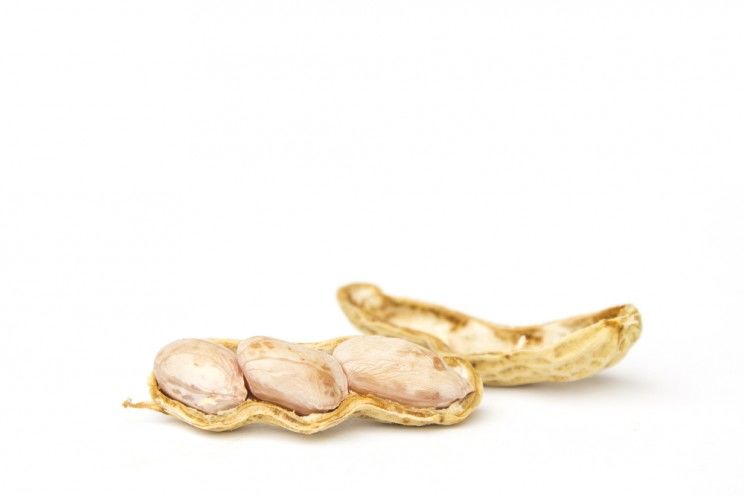
However, this problem is far more widespread in raw peanuts. The process of cooking and roasting peanuts significantly reduces aflatoxin by almost 90 percent, and Paleo staples such as pecans, pistachios, and walnuts are all susceptible to aflatoxin, as well.(5)
The government regulates that foods cannot contain more than 20 parts per billion of aflatoxin, a level which is not harmful to humans.
2) Allergic Reactions

Peanuts are classified as one of the eight major allergens, which include milk, wheat, eggs, fish, shellfish, tree nuts (pecans, walnuts, cashews, pistachios, Brazil nuts, etc.), peanuts, and soy.
Common adverse reactions may include; skin rash, itching, hives, eczema, swelling of the lips, tongue, or throat, nasal congestion, labored breathing, or lightheadedness.
Interestingly, these very common allergic reactions in developed countries occur very rarely in developing countries. If you suffer from any of these symptoms, you likely already know and should avoid peanuts completely.
3) Agglutinins
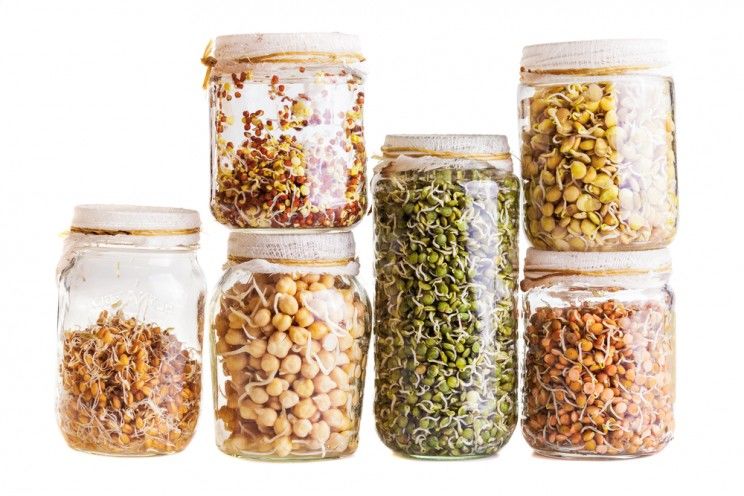
Lectins are considered anti-nutrients because they aren’t degraded by your digestive enzymes and can bypass the gut wall and make their way into the bloodstream in as little as 1-4 hours.(6)
Lectins can ultimately damage the lining of the gut wall and trigger immune reactions that lead to fatigue, joint pain, foggy brain, etc. Sprouting, soaking, cooking or fermenting foods with lectin dramatically reduces the negative impacts of lectins on the body.
4) Oxalates
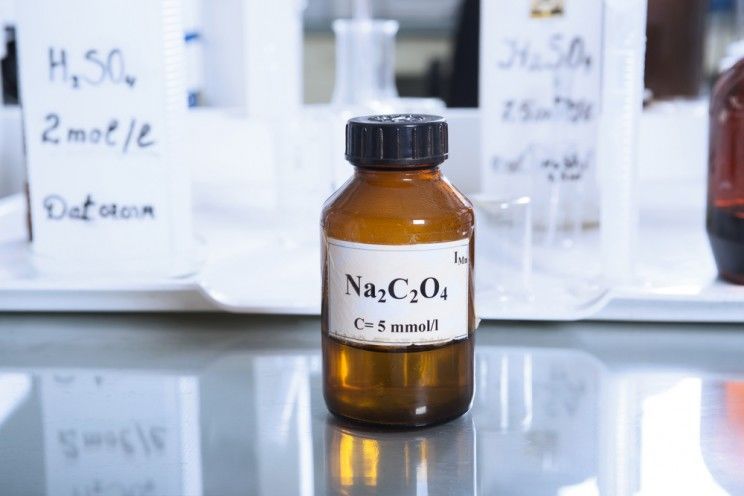
If levels become too concentrated, they can crystallize in the body and cause harm to your kidneys or gallbladder. Oxalates also bind to key minerals like magnesium, zinc, iron, and calcium, reducing your capacity to absorb them efficiently.
5) Omega-6 Fats
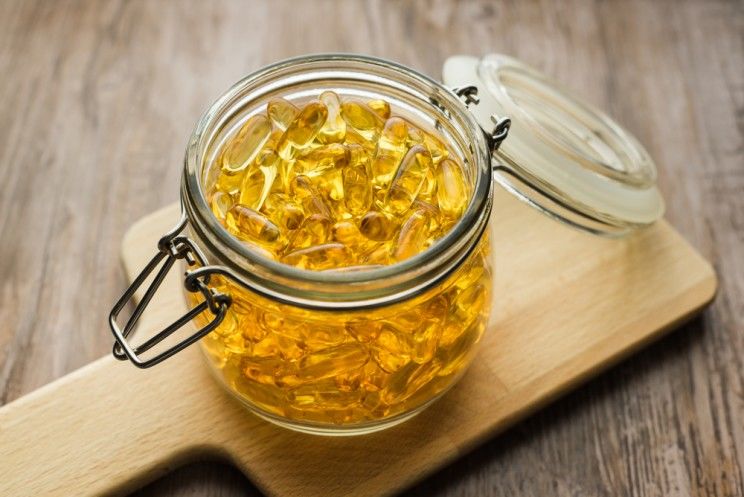
We get far too much omega-6 fat in our diets today, at approximately a 20:1 ratio to omega-3 fats. This is in stark contrast to our hunter-gatherer ancestors who consume a ratio between 2:1 to 3:1 of omega-6 to omega-3.
Since oleic acid can be obtained in your diet from Paleo-friendly sources like olive oil and avocados, which have much lower levels of pro-inflammatory omega-6 fats, those make much better dietary staples than peanuts.
6) Weight Gain

For some people struggling to lose weight (not all), they snack on nuts far too often and eat far too many. A recent study found that people who frequently have snacks throughout the day and eat a hyper-caloric diet (very easy to do if snacking continuously), significantly increased the fat stores in their liver and around their waistline.(7) This is not good for your health or your weight loss goals. [tweet_quote] Peanuts are legumes, not nuts. By definition, they’re not Paleo. [/tweet_quote]
If you suffer from digestive dysfunction, poor immunity, or an autoimmune condition, then steering 100 percent clear of peanuts is typically the best bet.
However, if you’re a peanut butter lover and feel you have no underlying digestive or immune concerns, then you can have the occasional peanut butter or peanut snack (although I wouldn’t cook with peanut oil).
If you do indulge, be sure to choose only organic, roasted peanuts from major brands (and of course avoid those with hydrogenated oils, sugars, or other additives).
Ironically, Consumer Reports recently found that fresh-pressed health food store peanut butter is more likely to contain significant amounts of aflatoxin, while the major brands fared the best (yep, I was surprised too!).(8)
Remember, eliminating grains, vegetable oils (peanut oil included), processed foods, and sugars should always be your first Paleo goal, along with adding in high-quality grass-fed and pasture-raised meats, wild fish, plenty of veggies, daily movement, and high-quality sleep. If you can do that, the peanut butter indulgence every now and then is acceptable.
If you’re peanut butter habit is really hard to shake off, try swapping in more paleo-friendly treats like almond butter to make desserts like ‘Peanut’ Butter Truffles or this No-Nut Nutella.
(Read This Next: 20 Things You Didn’t Know About Nuts)


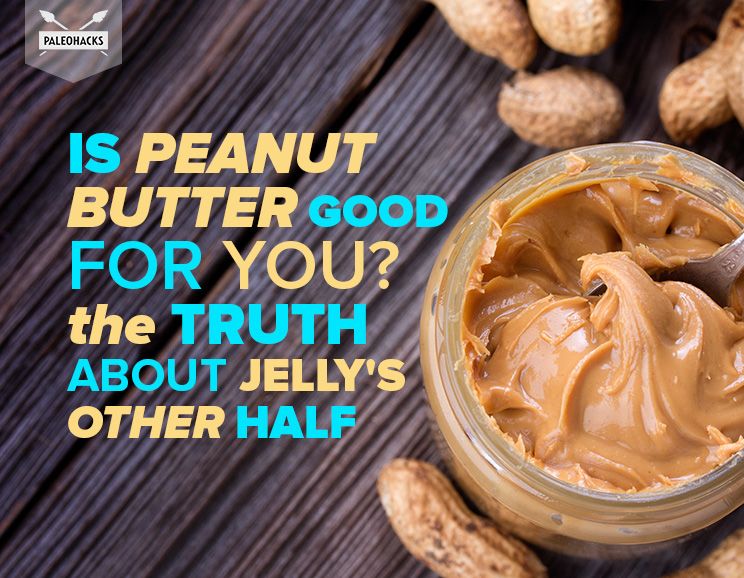
 Bacon-Wrapped Stuffed Chicken Breast
Bacon-Wrapped Stuffed Chicken Breast







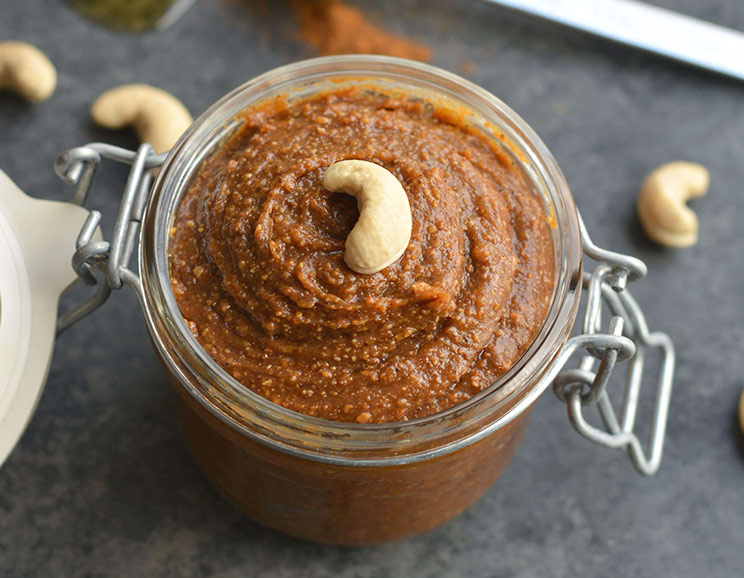
Show Comments